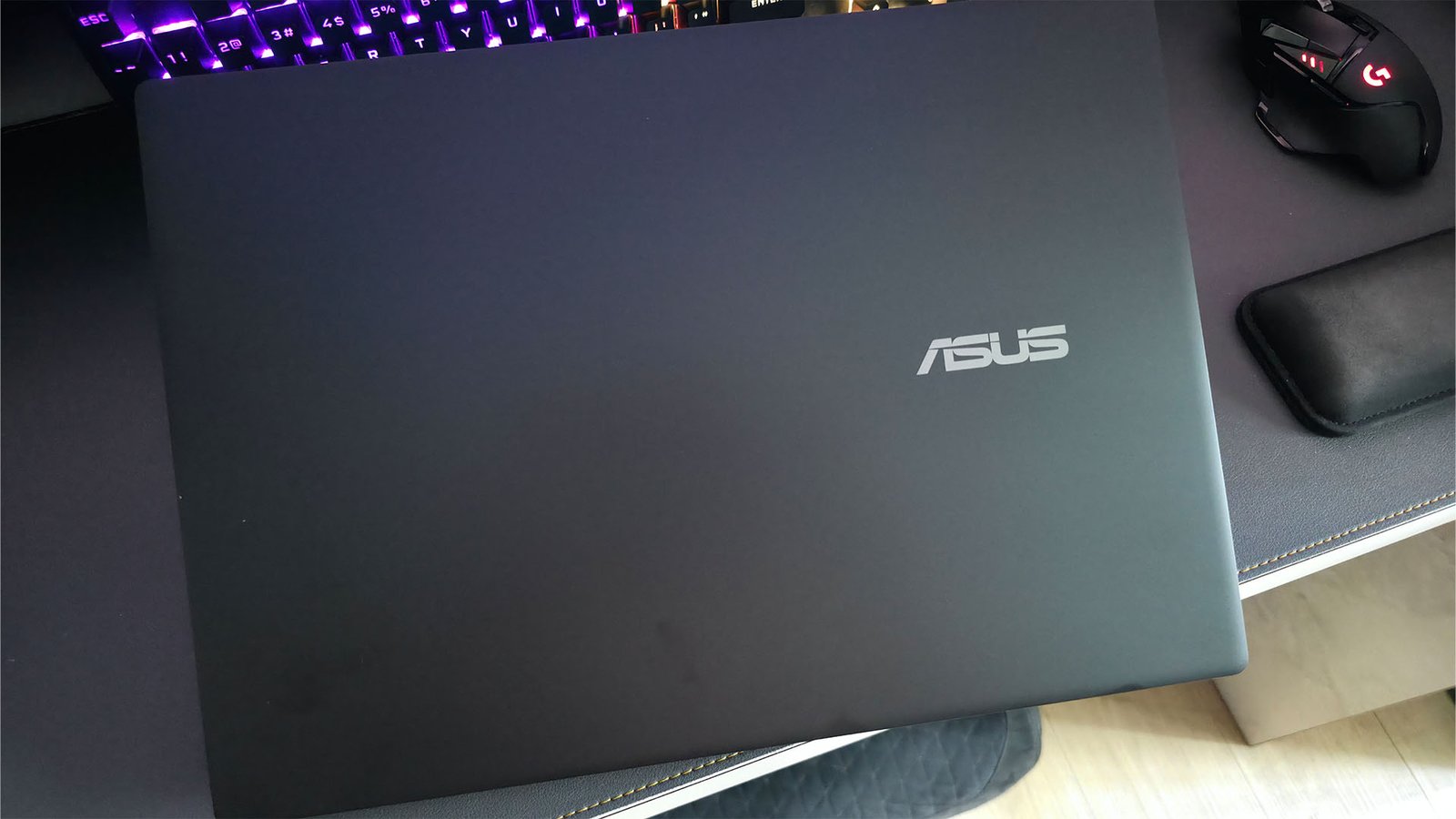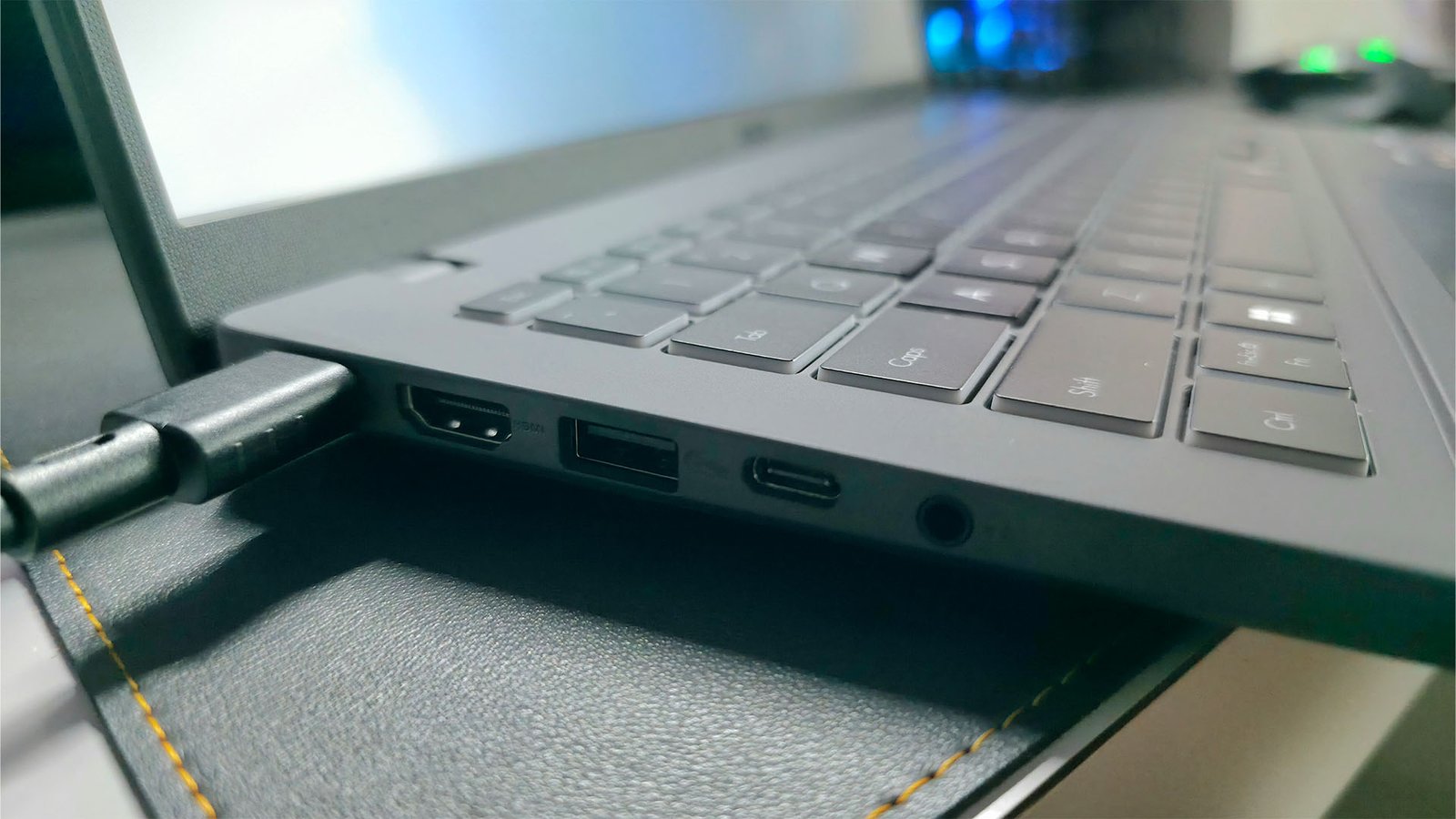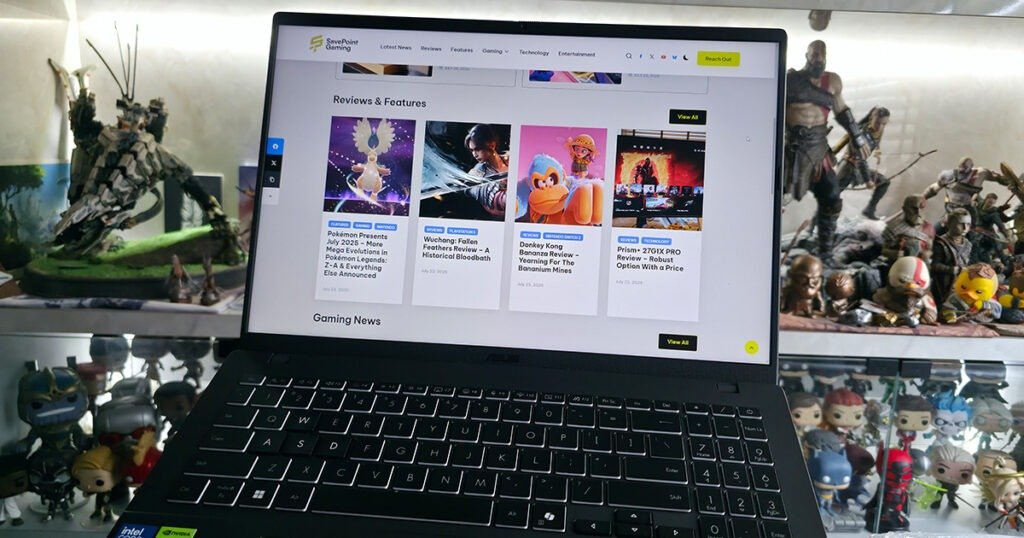Table of Contents
When I first picked up the ASUS V16 (V3607VM-RP030W), I wasn’t sure what to expect. This line has often played in the shadows of ASUS’s flashier TUF and ROG ranges, usually striking a balance between affordability and practicality.
But this time, ASUS is making a bolder statement: can this be a machine powerful enough to satisfy gamers and creators alike?
The short answer? Yes, but with some caveats.
A Familiar Shell Hides Serious Firepower
At first glance, the ASUS V16 doesn’t scream “gamer.” The design is understated, with a matte chassis that feels sturdy, if a little plastic-heavy. Fingerprints show up easily, but this is a machine you could confidently bring into a boardroom without drawing sideways glances.
Then, fire up a game, and the illusion shatters. Inside, there’s an Intel Core 7 240H processor, 32 GB of DDR5 RAM, a 1 TB PCIe 4.0 SSD, and most importantly, NVIDIA’s latest GeForce RTX 5060 GPU. Talk about an unassuming look with serious horsepower beneath.
Gaming Without Apology
The RTX 5060 is where the laptop line steps out of its comfort zone and into gaming territory it’s rarely occupied before. In competitive staples like Valorant, Apex Legends, or Overwatch 2, frame rates soar comfortably above 120 FPS, which feels buttery-smooth on the 144 Hz display of the ASUS V16.

Switch gears to heavier titles like AAA games such as Clair Obscur: Expedition 33 and Baldur’s Gate 3, and you’ll still see a respectable 60–70 FPS on high settings. Add DLSS into the mix, and you can push visuals further without sacrificing fluidity.
Thermals are impressively managed. ASUS’s IceCool cooling system does a good job of keeping performance consistent, even during multi-hour sessions. The fans get loud, yes, but they never reach jet-engine levels. The heat concentrates around the keyboard but never to uncomfortable extremes.
Split Personality
That 16-inch, 16:10 FHD+ panel is a double-edged sword. For gaming, it’s fantastic: the 144 Hz refresh rate makes every motion crisp, and the taller aspect ratio gives you extra breathing room for strategy titles or multitasking on the ASUS V16.
But creatives will notice the shortcomings. With colour reproduction hovering around 65% of sRGB, it’s fine for watching movies and casual editing, but won’t cut it for professional colour grading. In other words, it’s tuned for gamers, not designers, and that’s fair, given its positioning.
More Than Meets the Eye
Specs this beefy don’t just benefit gamers. That Core 7 240H paired with 32 GB of RAM chews through productivity tasks. I ran Chrome with far too many tabs, Spotify in the background, and a couple of work apps open, all while transferring gigabytes of files to the 1 TB SSD.

Not once did it flinch. Light creative work — editing photos in Photoshop or slicing together short videos — feels effortless. For students or hybrid workers who want one machine for everything, the ASUS V16 is more than capable.
The Turbo Blue backlit keyboard is pleasant to type on, with enough travel to make long essays or late-night reports comfortable. The touchpad, while not luxurious, is responsive and roomy enough for productivity tasks. ASUS also quietly upgraded the webcam to a 1080p FHD unit with a privacy shutter, which makes video calls much sharper than the grainy 720p cams we’ve put up with for too long.
Battery, Portability & Daily Use
No surprises here: with a 63 Wh battery, this is not an all-day, unplugged gaming machine. Expect around 6–7 hours of everyday use and just under 2 hours if you’re gaming off the charger.
But with a 150 W adapter that recharges 50% in about half an hour, downtime is short. At 1.95 kg, it’s reasonably portable for a 16-inch gaming-capable machine. It is light enough to slip into a backpack, and heavy enough to remind you it’s carrying serious hardware.

Connectivity on the ASUS V16 covers the essentials: one USB-C with DisplayPort and Power Delivery, two USB-A, HDMI 2.1, audio jack, and DC-in. I would have liked an extra USB-C for flexibility, but it’s not a deal-breaker. Wireless performance is modern and reliable, thanks to Wi-Fi 6 and Bluetooth 5.3.
Inside, both the RAM and SSD can be upgraded later, a nod to longevity in a market where many laptops solder components down. ASUS’s Armoury Crate software makes it easy to switch performance profiles, while MyASUS offers diagnostics and system controls.
Value in Context
At S$2,049, the Gaming V16 sits in a curious place. Against ASUS’s own TUF Gaming A16, it’s more powerful and refined but a bit pricier. Compared to the ROG Zephyrus G16, it lacks the premium display and higher-end build but comes in significantly cheaper.
And while the Vivobook Pro OLED line caters better to creatives, the ASUS V16 firmly positions itself for those who want strong gaming performance without climbing into ROG’s luxury pricing.


The ASUS V16 is proof that a line of products can carry out more than just everyday duties. It’s a stealthy powerhouse that blends serious gaming credentials with everyday practicality. Sure, the display won’t satisfy creative professionals, the chassis feels plasticky compared to ROG’s aluminium builds, and battery life is average. But those trade-offs are easy to forgive when you look at what you’re getting for the price.
For gamers who also need a reliable workhorse, or professionals who want gaming performance without overspending, the ASUS V16 is a compelling middle ground. It may not shout like a gaming laptop, but that’s part of its charm: it works hard, it plays harder, and it does both without breaking the bank.
The ASUS V16 V3607V is available now.
SavePoint Score
Summary

